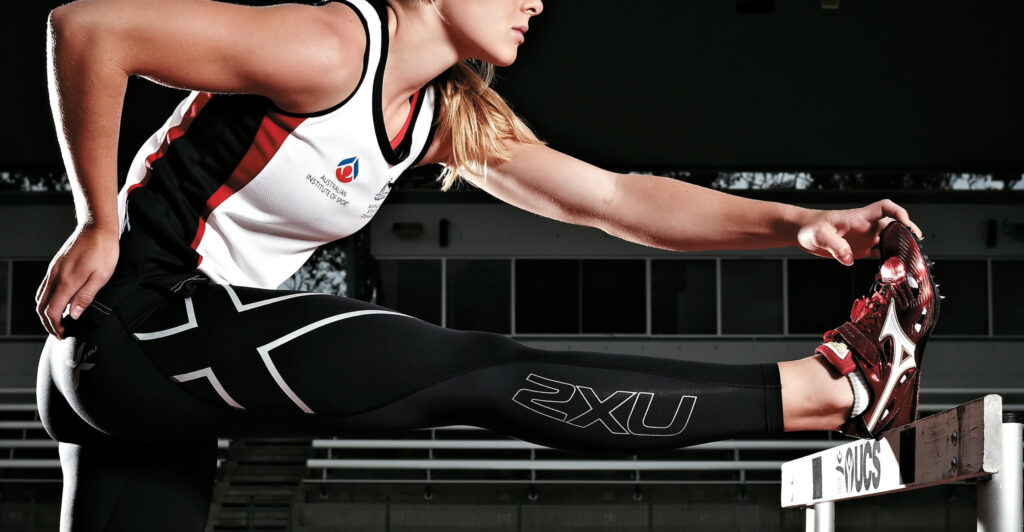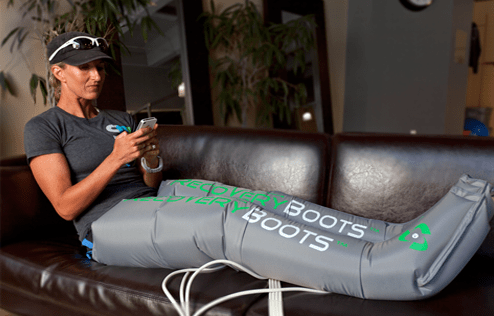Months of training and focus go into preparation for a big competition. The event itself can come and go in the blink of an eye. Maybe it was a success or maybe it was not. What remains is the future. There will be a tomorrow and a day after that. The days post race can be a little strange. Your daily routine is no longer relevant and your focus may have no fixed target. Many can wallow in this period feeling bored and underwhelmed; others let loose and have a well deserved holiday and some go straight back into the grind looking at the next big day.
As important as the preparations were, the aftermath can also be an area in which to progress. The following looks at both the immediate aftermath and the slightly longer period of days to weeks after. This is both applicable to general recovery and also for bouncing back to another performance in the near future.
Immediate:
Following the completion of a competition the focus should be on physical recovery. There are many recovery techniques, but priority should be on the basics.
1) Hydration
Number one priority is replenishment of fluid, salts and sugar in that order. Re-establishing fluid and electrolyte balance is essential for other recovery mechanisms to take place.
2) Nutrition
Second to hydration is nutrition. This can often be combined with hydration but is less effective if still dehydrated. Replenishing glygogen stores and providing adequate protein will allow the body to begin the process of repairing damage and restocking fuel stores. This can be quite time sensitive especially if the event is multi stage. Often the faster the resupply the better for returning the body to a baseline level of performance. Vitamins and minerals will also deplete during competition so a varied and balanced meal soon after is a good way of topping up on things.
3) Sleep
Sleep is essential for restoration. During sleep our body is in its best mode for enacting any repair mechanisms and hormonal support.
4) Movement
Movement is last in our immediate list as its suitability may depend on the situation post competition. Moving helps keep tired muscles from tightening, and blood flowing, so it can provide nutrients to the muscle. It also helps keep fluids moving and preventing any swelling from building up. In the case where there is trauma or more significant damage, movement may not be suitable. In any cases where an injury or damage can be made worse, immobilizing the area is a more sensible approach until things have a chance to settle down.

The Days after
In the days after, the focus shifts towards more general recovery. The immediate recovery solutions are still valid but may start to look a little different.
1) Movement
Movement is again important. In the days after, any damage should now have shown itself and how to manage it will be more apparent. Often there will be more options available also. Pool sessions are a great way to encourage movement without load. Gentle stretching is now more suitable as the muscles have been given a chance to recover and resist damage better than immediately after.
2) Recovery tools.
Foam rollers, Compression garments, ice baths etc. are all popular options for recovery. Few of them work for everyone and some debatably work at all. These are personal preferences and if you feel like they work then use them. They should only be implemented once the above have been addressed.

3) The clean up
Soon after a race you need to clean up the mess. Equipment and clothing will likely be pretty grubby and kit can easily go missing in the chaos of a quick departure from the venue. Getting these things looked after early can be great for peace of mind and for having a stress free start back to training later.
4) Rest
Immediately post race the body will be in recovery mode. Little physical progress can be made when the body is still in a diminished performance state. Any training in the week after a big race should be extremely conservative. There should be no performance goals. These sessions should be structured, focusing on promoting recovery and giving the mind time to settle. There is little to be gained in this period and any attempt to progress may have a negative impact. The competition itself is likely to have provided some training stimulus so this is a good time to let the body adapt. This can be difficult to do especially when you may be on a high or if you have a point to prove.
Long Term
Big competitions often provide a natural break in training. They generally form a peak point in a training cycle. You may have more than one major competition in a season but they should provide transition points between the stages of your annual season.
1) Debrief
After every competition you should debrief. Look at what worked and what didn’t. Look for both positives and negatives, and don’t focus on one more than the other. Knowing what worked shows where you have the advantage. Knowing what didn’t shows area for growth and improvement. It should be kept as simple as that, with as little emotional thought as possible.
2) Plan
Once you have debriefed It’s time to start looking ahead. What’s the next event and when is it? The time frame will dictate a lot of how you move forward. Your breakdown of the last race should highlight what can, and needs to be addressed in the time available. In some cases you may not have an event in mind. That may be an opportunity to place events based on strengths if you want results or weaknesses if you wish to address anything.
3) Gradual build
When you return to training you should build intensity gradually. The body will have repaired but may not be prepared for maximal effort just yet. Rest assured that if you have recovered you still have the ability to perform; it may just take a week or so to dial back up to peak level. If you are gradual you will often see an improvement as supercompensation may have occurred.
There is a process post race which allows progress to be made. Depending on the athlete some may need more diligence and some may need more patience. The important thing is that there are simple things that need to take priority. Over and above these, there is a risk of interfering with the recovery process which must take place before further training can take place. Similarly if these basics are neglected one might not get the full benefit of the adaptive process.
If you need advice around managing the next phase of your season then don’t hesitate to get in touch.
If you liked this article please share with a friend. Don’t forget to sign up to our newsletter so you don’t miss any new articles.
